AI Isn't the End of Art. We've Been Here Before.
AI-generated images are everywhere. Social feeds are flooded with surreal, stunning, and often eerily perfect images that no human ever touched. For artists, it’s hard to know where to stand. Some are leaning in, experimenting with new tools. Others are pulling away, worried about what this means for the value of their work. It feels like uncharted territory.
But this moment isn’t as new as it seems.
Throughout history, every generation of artists has faced some version of this. A new technology arrives, and it shakes the foundations of what people think art is. Panic sets in. And then something beautiful happens. Artists adapt. They evolve. They create entirely new forms of expression.
This has happened before. It will happen again. And it’s happening right now.
Disruption Is Nothing New
1. The Camera vs. the Painter
When photography first appeared, people asked, "Why would anyone paint a landscape or a portrait when a camera can do it better and faster?" Some feared painting would become obsolete. But that pressure gave rise to Impressionism. Painters moved away from realism and embraced mood, movement, and feeling. The camera didn’t kill painting. It gave it permission to change.
2. Photoshop and Digital Tools
In the 1990s and 2000s, digital tools like Photoshop triggered fierce debates about what counted as a “real” photo. Was editing a form of lying? Or was it just another layer of creativity? Out of that moment came entire disciplines: digital illustration, concept art, 3D rendering, and photo manipulation. These tools didn’t cheapen art. They expanded the canvas.
3. Sampling in Music
Sampling has always sparked controversy. Critics argued it wasn’t real music if you didn’t play the notes yourself. But artists saw it differently. They heard new rhythms, new textures, and new ways to tell stories. Hip hop was born. So were decades of innovation. Yes, it sparked legal battles over ownership and copyright. But it also redefined what it meant to make music.
4. The Printing Press and Reproducibility
Even the printing press caused fear. Philosophers like Walter Benjamin worried that art would lose its “aura” when it could be reproduced endlessly. But instead, artists leaned into the shift. They made limited editions, experimented with printmaking, and found new value in craft. As reproducibility rose, so did the appreciation for the hand-made.
So What’s Different About AI?
AI doesn’t just help with layout or speed. It can create complete images without human input. It can mimic style without understanding meaning. That’s what makes this moment feel different.
We’re not just talking about tools anymore. We’re talking about authorship. Identity. The soul of the work.
That’s why artists need clarity, not fear.
What AnthroMark Believes
At AnthroMark, we’re not here to reject AI. In fact, we believe that creative businesses should use whatever tools help them save time and grow. Artists should be free to create in whatever way serves their vision.
But we also believe authorship still matters.
The human behind the work is what gives it life, meaning, and story. That’s what AnthroMark exists to honor. We’re here to certify, protect, and celebrate the presence of a human creator behind the art.
The Pattern Repeats. So Does Progress.
Every time a new tool enters the creative world, the same story unfolds. First the tension. Then the backlash. Then the transformation.
We’re at that moment again.
This time, let’s be clear-eyed. Let’s use AI where it helps. Let’s celebrate the art that only humans can make. Let’s not lose track of the hand that draws the line, makes the brushstroke, or edits the final layer.
AnthroMark is here to make sure we don’t.
